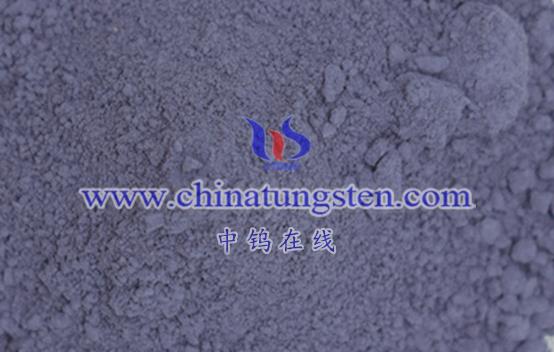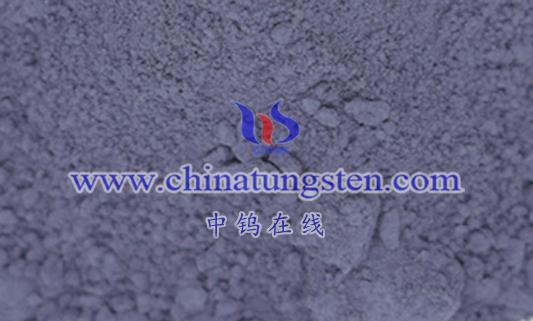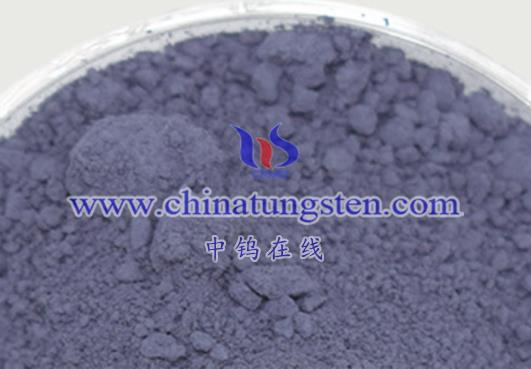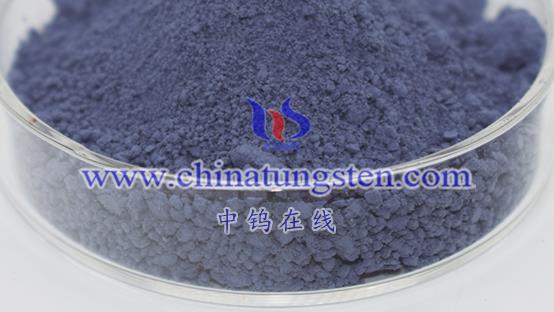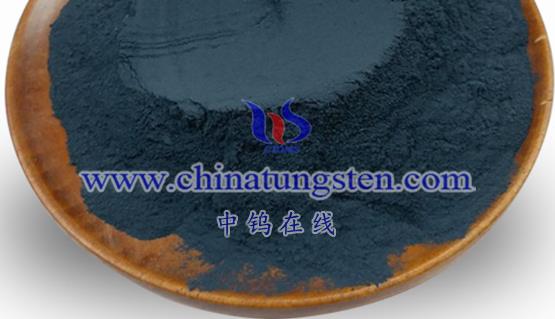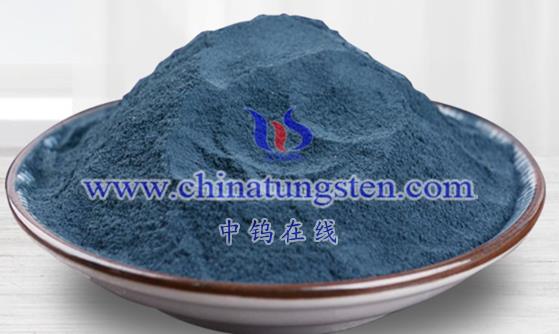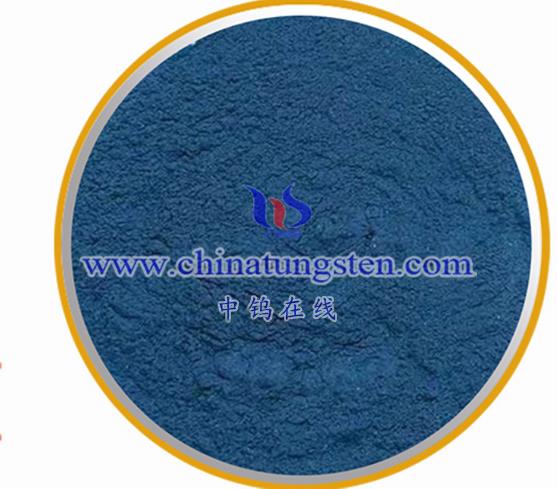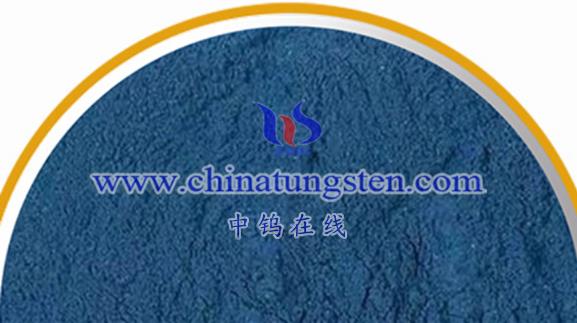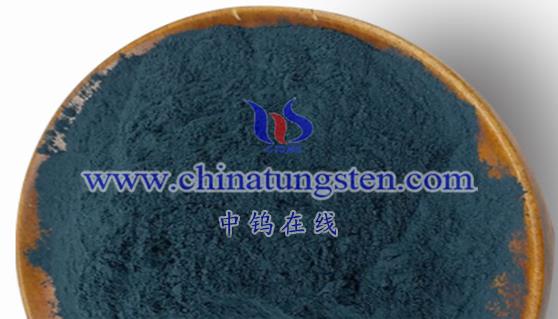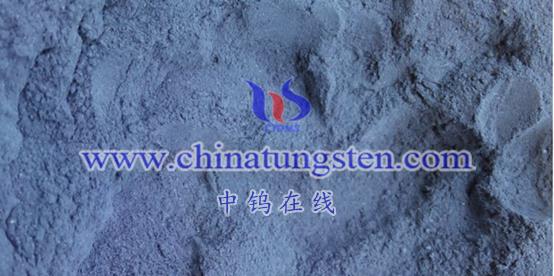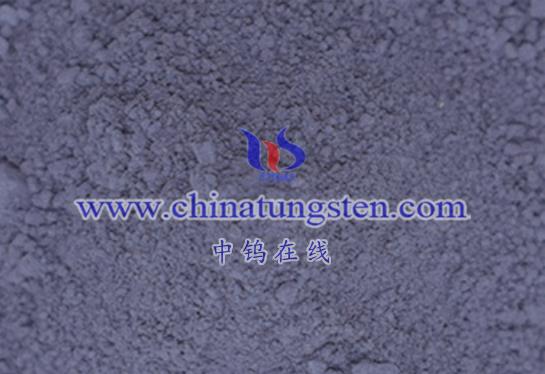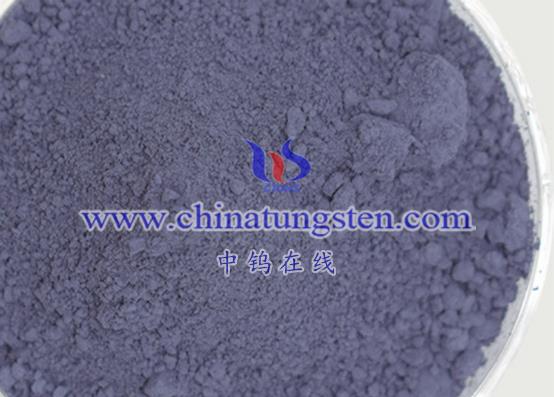
Nano tungsten oxide (WO3) is widely used in sensor devices due to its exceptional gas sensitivity, photoconductivity, and electrochromic properties. Here’s a detailed overview of its applications:
- Gas Sensors
Nano tungsten oxide serves as a typical N-type semiconductor with a large specific surface area, making it ideal for semiconductor metal oxide gas sensors. These sensors detect target gases by measuring changes in current characteristics, conductivity, and surface states resulting from gas adsorption or reaction.
- Advantages: High purity, large surface area, small particle size, uniform distribution, and excellent gas sensitivity lead to rapid response times and good selectivity.
- Applications: Used in industries such as chemicals, electronics, and oil to detect gases like alcohol, nitrogen dioxide, oxygen, and ammonia. Noble metal-loaded tungsten oxide nanowires also show high sensitivity to hazardous gases like toluene and hydrogen.
- Photoelectric Devices
Due to its photochromic and electrochromic properties, nano tungsten oxide is utilized in various photoelectric applications.
- Photochromic Applications: Changes in color under light exposure enable uses in smart windows and information displays.
- Electrochromic Applications: Voltage application can alter the color of WO3 films, making them suitable for electrochromic windows and large-area display screens.
- Other Sensor Types
In addition to gas sensors and photoelectric devices, nano tungsten oxide can also be applied in humidity sensors, pressure sensors, and other monitoring devices, leveraging its unique physical and chemical properties to track specific environmental parameters.
- Future Research Directions
While significant progress has been made, challenges remain in enhancing the selectivity and stability of WO3 sensors for higher precision detection and optimizing production processes for commercial scalability. Future research can focus on:
- Doping and Structural Modification: Investigating the effects of doping with other elements and modifying the structure to further enhance performance.
- Novel Synthesis Techniques: Exploring green and efficient synthesis methods to reduce costs and environmental impact.
- Interdisciplinary Collaboration: Promoting cooperation across materials science, chemistry, electronic engineering, and computer science to drive innovation in nano tungsten oxide sensor technology.
Conclusion
Nano tungsten oxide holds great promise in various sensor applications, offering enhanced performance characteristics that can be further optimized through ongoing research and development.
More details of tungsten oxide product, please visit website: tungsten-oxide.com
Please contact CHINATUNGSTEN for inquiry and order of tungsten oxide:
Email: sales@chinatungsten.com
Tel.: 86 592 5129595
